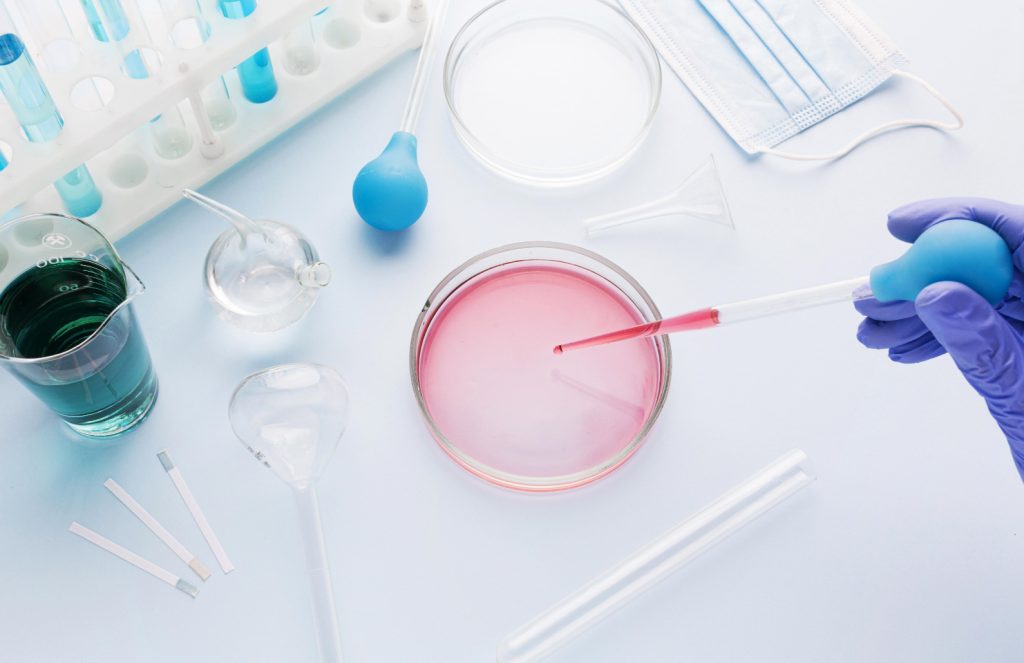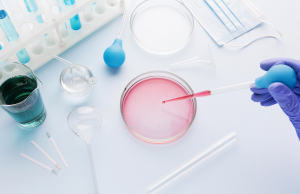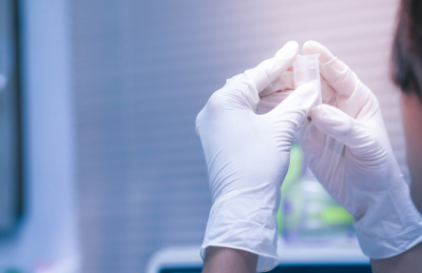Zinc is an essential trace element, and zinc oxide is added to fertilizers, animal feed, and vitamin supplements. It is also used in a many cosmetic and medical products and in toiletries. Zinc oxide also has antibacterial and deodorizing peroperties. For this reason it is employed in medical applications such as in baby powder and creams to treat conditions such as diaper rash, other skin irritations and even dandruff. Due to its reflective properties it is also used in sunblocks and can often be seen on the nose and lips of lifeguards at the beach. It is found in, for example, baby powder and anti-dandruff shampoos, in calamine lotion and in sticking plasters and dental cement.
It is used in a wide range of cosmetics and personal care products including makeup, nail products, baby lotions, bath soaps and foot powders. Zinc oxide is also used in skin protectants, such as diaper rash ointments and sunscreen products.
Its strong absorption of ultra-violet (UV) light has led to its use in sunscreen lotions. It blocks both UVA (longer wavelength) and UVB (shorter wavelength) radiation, protecting against sunburn, skin damage and cancer.
Zinc oxide is also used in:
- Cigarette Filters
- Breakfast Cereals
- Paint pigments
- Paint coatings
- Piezoelectricity (delivering alternating current by stretching and releasing zinc oxide nanowires)
- Lazer diodes
- Light emitting diodes (LEDs)
- Spintronics
Safety Information:
The U.S. Food and Drug Administration (FDA) has conducted extensive reviews of the safety of zinc oxide for use as a color additive in drugs and cosmetics and as a sunscreen and skin protectant active ingredient and has stated that zinc oxide may be safely used in cosmetics. FDA also has also approved the use of zinc oxide for use in over-the-counter skin protectants at concentrations up to 25 percent, and in sunscreen drug products at concentrations up to 25 percent.
Future of Zinc Oxide
The future for high quality Zinc Oxide is certainly going to be fascinating. The potential advances for non-medicinal applications even surpass that of the current medicinal uses. Zinc Oxide Nanorod Sensors, Spintronics, and Piezoelectricity are all very promising fields and ones to keep an eye on in the not too distant future.




 Simulated body solution (SBF) is a solution with an ion concentration relatively similar to blood plasma, which is prepared under physiological body temperature and pH conditions. This solution was first used by Kokobo and his colleagues to investigate the changes on the surfaces of bioactive glass ceramics. This test is one of the common tests for investigating the bioactivity or biodegradability of biomaterials, and due to the ease of work and the lack of equipment and facilities, it has a wide range and high application, and at the same time, it provides decisive results for researches. has it.
Simulated body solution (SBF) is a solution with an ion concentration relatively similar to blood plasma, which is prepared under physiological body temperature and pH conditions. This solution was first used by Kokobo and his colleagues to investigate the changes on the surfaces of bioactive glass ceramics. This test is one of the common tests for investigating the bioactivity or biodegradability of biomaterials, and due to the ease of work and the lack of equipment and facilities, it has a wide range and high application, and at the same time, it provides decisive results for researches. has it.